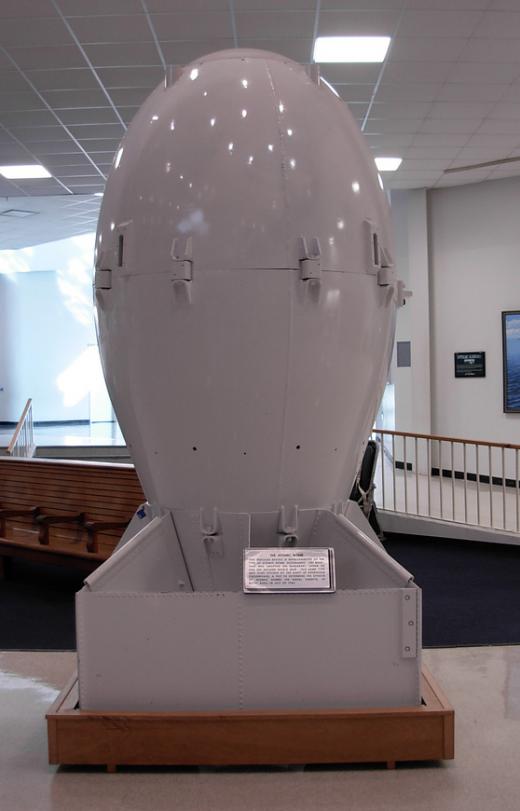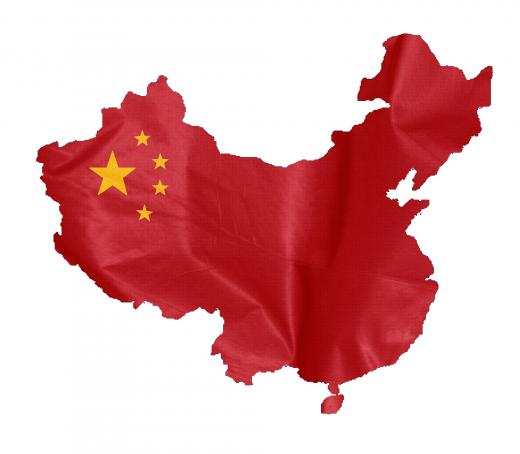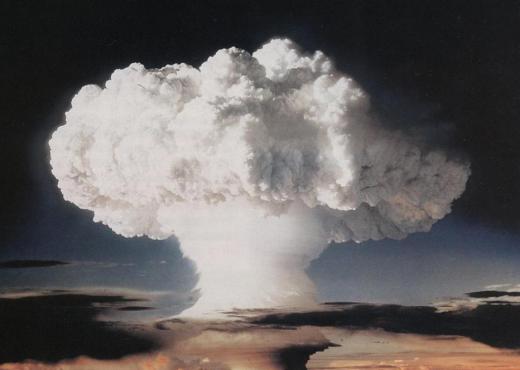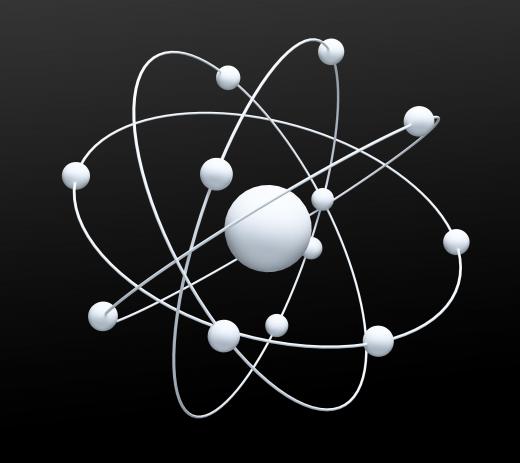What is an Atom Bomb?
An atom bomb, known as the A-bomb for short, is a bomb that creates its devastating explosive force by the splitting of atoms' nuclei through a process known as nuclear fission. The atomic bomb, while perhaps not the first weapon of mass destruction, certainly gave rise to the term. While its invention in the mid-20th Century is considered one of the most pivotal events in human history, it has only been used in combat twice.
The atom bomb was invented as the result of the first modern arms race, not between the United States and Russia, but between the Allied Forces, including the United States, in World War II and the Germans. It was believed that whomever would possess the technology for the atom bomb first would have a definite advantage and it may be the decisive factor in the war. As it was, the Germans surrendered before either side completed the bomb.

However, attention in World War II then turned to the Japanese. Even though the Germans had surrendered in Europe, the war was still raging in the Pacific theater. The first bomb was dropped on Hiroshima 6 August 1945. Another atom bomb was dropped on Nagasaki 9 August 1945. Experiencing, first hand, the fury of the weapon twice, Japan surrendered the next day.

While the physics associated with the atom bomb are difficult, the major difficulty in producing the weapon comes with the manufacturing process. Uranium must be enriched 90 percent in order to be used for such a weapon. Plutonium can also be used. In order for the atom bomb to detonate properly, the fissile material, either the plutonium or enriched uranium, must reach critical mass, which will cause the nuclei to split and release an uncontrollable amount of energy. The objective is to make sure the material does not reach critical mass until the desired time.

In addition to the explosive shockwaves that will be released, the weapon will also produce both gamma and neutron radiation. This can severely damage and kill living tissue, which is why radiational therapies are often used in treating cancerous tissue. It can become airborne, as particulate is blown around and be deposited hundreds of miles down wind. This is called fallout.

The list of countries with an atom bomb, or at least the capability of producing one, is somewhat fluid as new intelligence comes in. However, the countries with known nuclear capability include: the United States, Russia, the United Kingdom, France, China, India and Pakistan. North Korea may have nuclear weapons, but the exact magnitude of them is unknown. Israel is widely regarded to have atom bombs as well. In addition, Iran and Syria are in the process of developing such weapons.
AS FEATURED ON:
AS FEATURED ON:














Discussion Comments
The atom bomb attack on Japan has left a deep societal scar on the Japanese people. They feel the need to get back up and excel economically. Their military has become very restricted, but if they were to be given a second chance, they would do very well politically as well as economically. The Japanese are a very strong people, and it would be hard for them to get over the fact that two of their cities were obliterated in World War II.
The arms race became a paranoia about "gaps." I recently watched Dr. Strangelove, and realize how much people feared a nuclear fallout. This movie is unique because it used black humor to make light of the world's dire problems. Today, there is no Cold War, but we still struggle with the very real and immanent issue of nuclear armament and the even larger H-bomb.
Thanks. This really helped me.
Post your comments